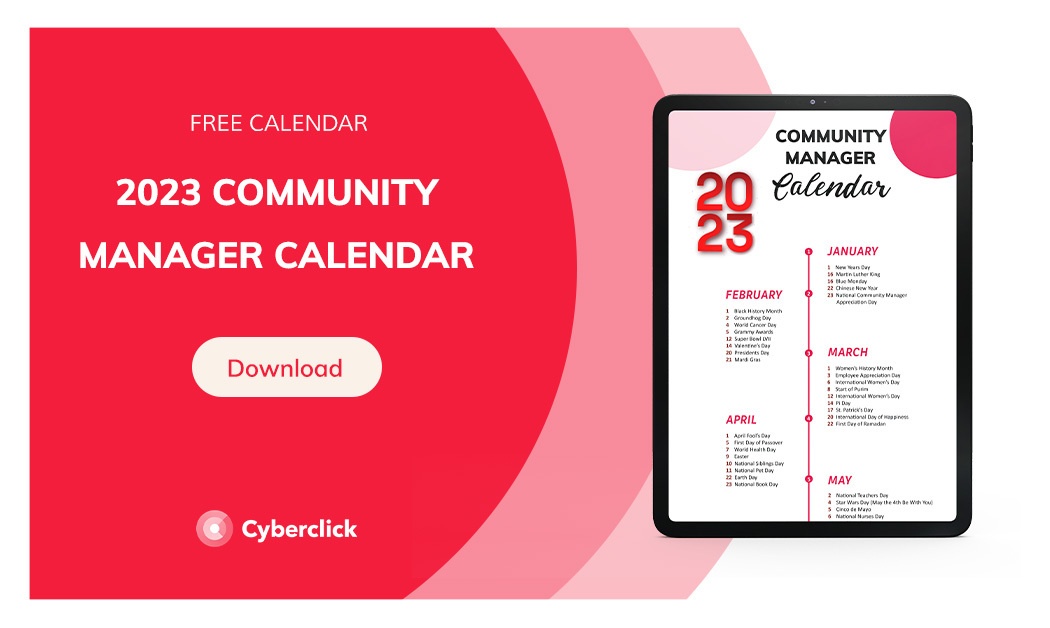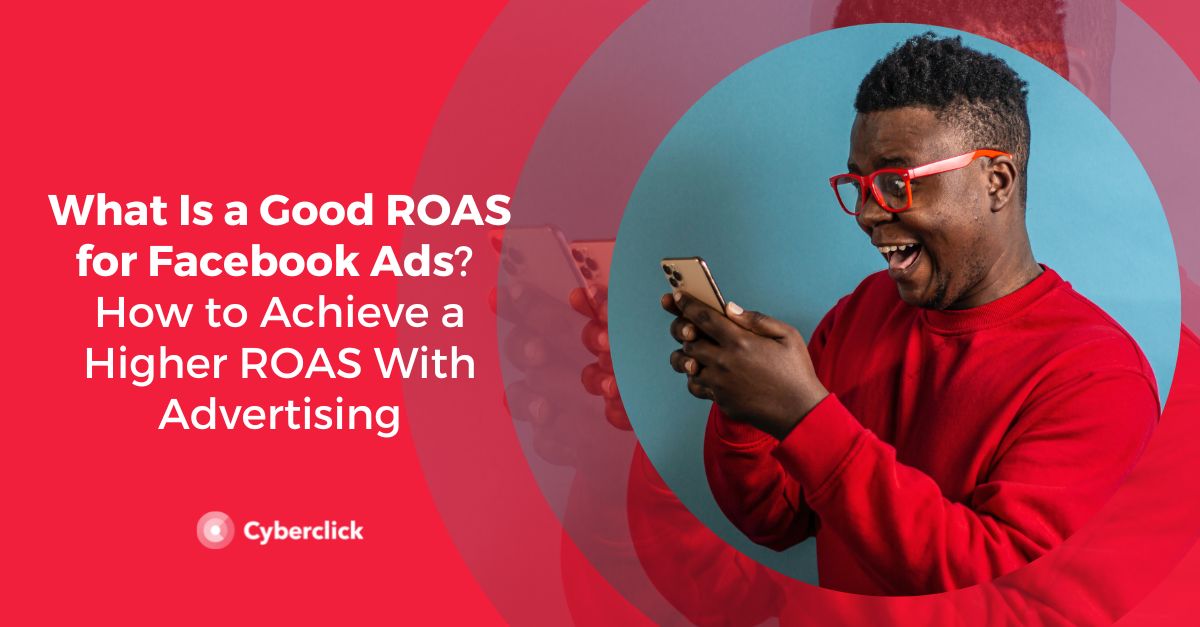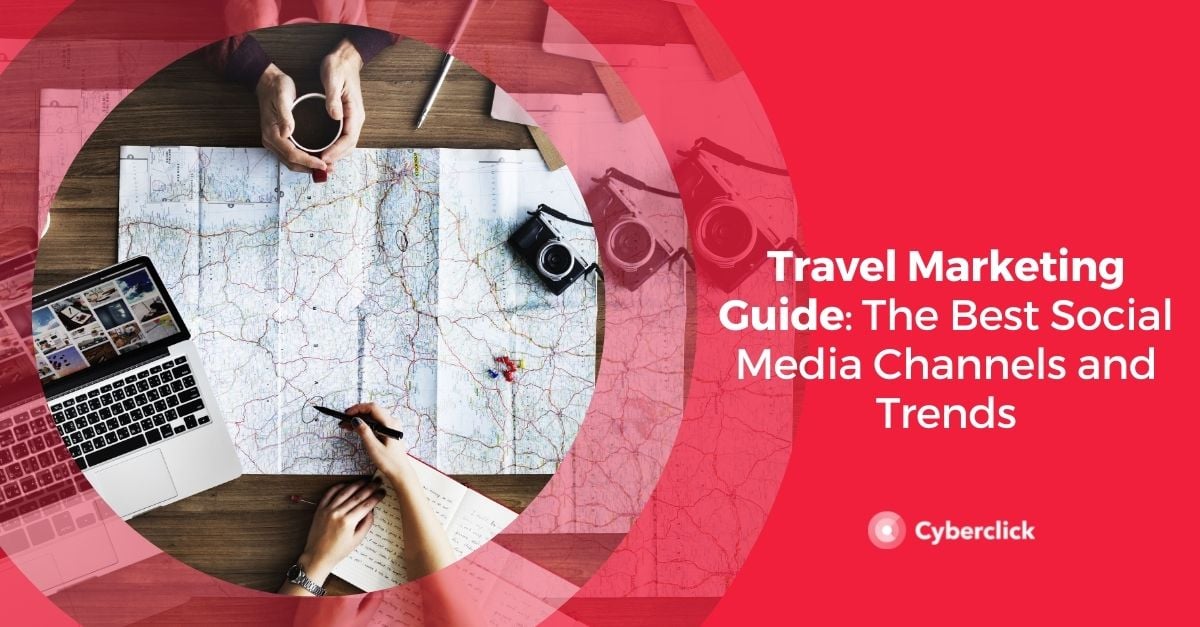Staying informed on the latest social media trends and platforms is fundamental in digital marketing. By observing the digital presence of other brands, you can draw conclusions about what works and what doesn't and apply this knowledge to your marketing plans.
Let's see which social networks are the most successful for brands across different sectors.
We will analyze the best way to use each social network and discuss the best practices for brands on social media in 2022.

.jpg?width=850&name=Present%20and%20Future%20of%20Brands%20on%20Social%20Media%20(2022).jpg)
The 5 Main Social Media Metrics
1. Community
This metric totals the fans, followers, and subscribers of brands in each social network.
On average, 75% of total users are on Facebook, followed by Instagram, Twitter, and YouTube. The brands with the largest community are those in the publishing, electronics, and food sectors.
2. Posts
This metric includes all types of paid and organic brand posts (text, image, and video). On average, Twitter accounts for the majority of posts, followed by Facebook, Instagram, and YouTube.
The brands that publish the most posts are those in the telecommunications sector, followed by tourism and entertainment.
3. Interactions
This metric measures likes, reactions, comments, and shares. Instagram typically ranks first, accounting for around 64% of interactions. It is followed by Facebook, Twitter, and YouTube.
The publishing sector receives the most interactions. Second and third place go to the entertainment and distribution sectors, respectively.
4. Engagement
This metric accounts for the interaction rate in relation to the size of the community. The average is typically around 1.9%.
Instagram is the most interactive network, followed by Twitter, YouTube, and Facebook. The publishing, entertainment, and institutional sectors typically receive the highest engagement.
5. Efficiency
This metric refers to the number of interactions per post. The average for brands on social networks is 341.
Instagram is by far the most efficient social network for brands, generating 3,398 interactions per post on average. In second place is Facebook (635), followed by YouTube (397) and Twitter (53).
Metrics by Sector
The streaming sector, which includes brands like HBO, Disney+, and Netflix, stands out as having the highest average community, interactions, engagement, virality, and efficiency.
Another interesting sector is fashion, which is fifth in engagement. A few notable brands are Adidas, Zalando, and Shein.
The consumer electronics industry ranks high in the community metrics.
Vodafone, Movistar, and Orange are leading brands for posts in the telecommunications industry. In second place is the tourism sector and in third is leisure and entertainment.
The leisure, entertainment, and streaming industries also stand out in terms of engagement and virality.
At the other end of the spectrum, the finance, professional services, insurance, home and education sectors are below average in most of the metrics studied, so they have great opportunities to improve their impact on social networks in 2022.
What Role Does Each Social Network Play?
Let's take a look at what benefits different social networks can bring to brands.
-
Main objectives: reach and traffic
-
Type of content: anything that adds value
-
What works: videos longer than 30 seconds with links to brand websites
-
Frequency: low
-
Investment: medium
-
Primary metric to track: reach
YouTube
-
Main objective: reach
-
Type of content: anything that adds value
-
What works: videos longer than 30 seconds
-
Frequency: low
-
Investment: high
-
Primary metric to track: reach
-
Main objective: interaction
-
Type of content: content designed to encourage participation and engagement
-
What works: aesthetic images, interactive elements and formats, customized filters, product testing, user-generated and real-time content
-
Frequency: high
-
Investment: low
TikTok
-
Main objectives: user-generated content and virality
-
Type of content: highly interactive content
-
What works: native videos, hashtag challenges, customized filters, humorous videos, playbacks, choreography, sounds, and songs
-
Frequency: high
-
Investment: high
-
Primary metrics to track: user-generated content and virality
-
Main objective: generate conversations around the brand
-
Type of content: informative
-
What works: surveys, trending hashtags, current events, and customer service
-
Frequency: medium
-
Investment: low
-
Main metrics to track: customer service metrics.
Twitch
-
Main objective: coverage
-
Type of content: broadcasts and content designed to encourage participation
-
What works: streaming broadcasts, videos, and clips
-
Frequency: medium
-
Investment: high
-
Primary metric to track: viewers
-
Main objective: build brand credibility
-
Type of content: content that provides value
-
What works: images, interactive elements, surveys, and videos
-
Frequency: low
-
Investment: medium
-
Primary metrics to track: reach and interactions
8 Best Practices for Brands on Social Networks
-
Generate valuable content: the saying "content is king" still holds true. To impact your community, it is important to create content that responds to the concerns, interests, and pain points of your community. When creating content, think about how your products or services add value to people's lives.
-
Know your audience: to get both the content and the tone of communication right, you have to know who you are targeting. Your brand presence on social networks should start with research to discover the common interests and concerns of your community. This will help you establish an emotional connection with your users and generate interest in your brand.
-
Encourage audience participation: interaction is important for increasing the visibility and reach of your brand's message. Think of ways to encourage audience participation with your content. For example, encourage users to answer questions in comments and launch surveys on topics important to your community.
-
Use humor: Humor plays an important role on social networks. Don't be afraid to join the conversation with content that not only informs and educates but also entertains. Memes, emojis, and GIFs are all welcome as long as they are aligned with your brand values and style of communication.
-
Create a sense of belonging: To create a united community, you have to find the common ground between your audience and your brand values. This will result in positive sentiment as it shows that your brand and audience have the same goals.
-
Run contests and sweepstakes, but in a meaningful way: Contests and sweepstakes are very useful for gaining visibility and reaching a wide audience, but they have to be well planned. Always propose incentives that are aligned not only with your strategy but also with the interests of your ideal customer.
-
Use Twitter to enhance your brand authority: Twitter threads are useful for delving into topics that interest your audience in an entertaining and well-documented way. Take advantage of them to build your brand authority and reputation.
-
Measure all of your actions on social networks: In digital marketing, it is essential to analyze what is happening with your campaigns in real-time. Study and monitor the KPIs of your social media actions and establish periodic controls to evaluate whether your strategy is working. This way, you can make informed decisions about how to optimize your budget to achieve the best results for your brand.
Graduada en Administración de Empresas en Lisboa y un posgrado en Gestión de Productos, Chantal se ha especializado en la Publicidad en Redes Sociales. En Cyberclick lleva la gestión de cuentas y conceptualización de estrategias digitales.
Graduated with a Degree in Business Management in Lisbon and a Postgraduate degree in Product Management. Specialist in Account Management and Digital Marketing strategies, with special focus on Social Ads channel.





Leave your comment and join the conversation